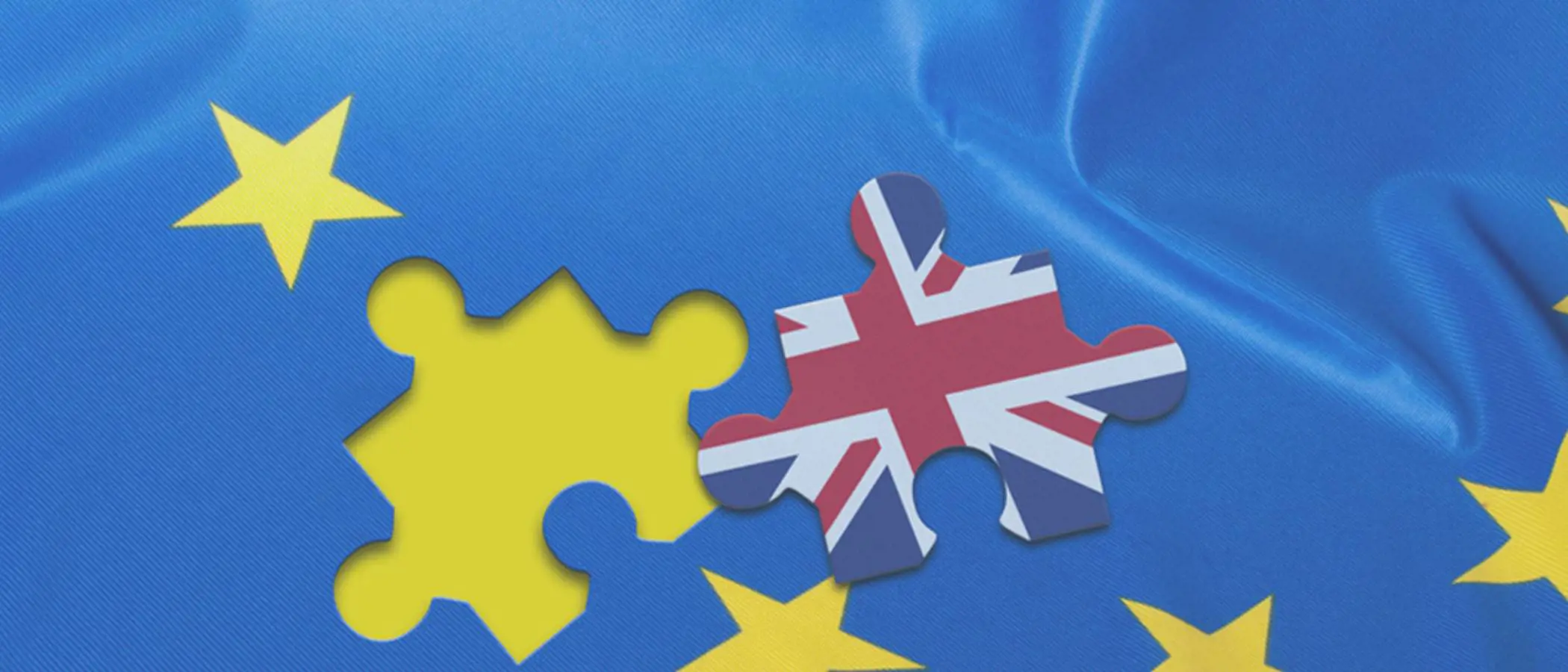The United Kingdom (UK) left the European Union (EU) on 31 January 2020 and is currently in a transition period that is scheduled to end at midnight (CET) on 31 December 2020. While we think an agreement can still be found, we acknowledge that with less than 10 days to go to December 31, we must prepare for any outcome.
Where do the negotiations currently stand?
The UK and the EU have made significant progress on two of the most contentious issues: the level playing field1 and governance2. Fishing rights however are still a matter of intense negotiations. Willing to reaffirm its sovereignty and to regain full control of its territorial waters, the UK wants to significantly change the current EU fishing quotas that benefit French, Dutch and Belgian fishermen.
As of January 1 goods entering the EU from the UK will face large amounts of new paperwork and checks, including customs declarations, rules of origin checks and food inspections. For goods entering the UK from the EU, the UK government has decided to delay the imposition of full controls by six months. As far as financial services are concerned, there will be no more equivalence. UK based and European Economic Area (EEA) financial firms will no longer benefit from passporting rights (by which they can currently provide financial services from the EEA to UK clients or the other way round). Nevertheless, as the EU significantly relies on UK central counterparties (CCPs) for derivatives, to prevent disruption the European Commission has adopted an eighteen-month equivalence for UK CCPs.
For the time being, the UK Prime Minster, Boris Johnson, has ruled out an extension to the transition period into 2021. However it’s worth noting that since the Brexit referendum, none of the deadlines have been legally binding. With real progress over the last few weeks and since a no deal would clearly benefit no one, both sides could once again agree to extend negotiations. One option would be for the European Parliament to approve a deal in principle by December 31 and complete formal ratification in early 2021. In this case, short-term measures could be put in place to minimise trade disruption before new rules come into force.
What if there is no trade deal?
The trade relationship between the EU and the UK will revert to the World Trade Organization (WTO) rules. On top of the above-mentioned border checks, as the UK will cease to be part of the EU free trade area, the most-favoured nations (MFN)3 tariffs and non-tariff barriers4 will apply to bilateral EU-UK trade. According to the WTO, the trade-weighted average EU tariff for non-agricultural products was 2.6 % in 2019 and 9.2 % for agricultural products5. But tariffs applied vary widely among goods and cars coming from UK manufacturers would be taxed at 10% while some dairy products could be taxed at a rate above 35%.
The impact of a no-deal is difficult to assess. Models give a broad range of results, depending on their specifications (static trade models, dynamic stochastic general equilibrium models, gravity models) as well as the transmission channels considered (trade, tariff barriers, non-tariff barriers, uncertainty, confidence…). With 62% of firms “as ready as they can be” and 27% “partially prepared” according to a November BoE survey of Chief Financial Officers, there is a real possibility that business confidence will be hit. While the magnitude of the results varies widely, all studies find the UK to be much more affected than the EU: in the long run, the impact on GDP ranges from -3% to -9%, while the impact on the EU ranges from -0.3% to -1.5%. This should be no surprise as the EU‑27 accounts for roughly 50% of UK trade while the UK represents a much smaller share of EU trade (in 2019, 6.1% in total EU‑27 goods exports and 9.5 % in total EU-27 services exports).
What if a trade deal is agreed?
A deal would prevent the UK-EU trade relationship reverting to WTO rules. Still, this would not avoid controls of goods crossing the border to be re-established and frictions from appearing. It is likely, however, to prevent a disruptive scenario whereby confidence would be severely hit. While the UK-EU relationship would still be durably changed, a deal would be good news for markets.
What about our growth scenarios?
In a best-case scenario whereby the vaccination campaign is effective and a trade deal is agreed, we expect UK GDP to grow by 6.8 % in 2021. This strong rebound would mainly reflect the reduction in social distancing. In a worst-case no-deal scenario, the pound would likely remain depressed and authorities (the government as well as the Bank of England) would likely step in to provide additional support. Still GDP would barely grow as disruptions and higher tariffs would curb activity. After a 11.2 % fall in 2020, this would leave UK GDP 8% below its end of 2019 level!
What is our asset allocation positioning?
As our central scenario for now remains that of a last minute deal. We are overweight UK domestic equities and slightly overweight GBP. UK equities are the ultimate value play. They should fully benefit from a relief if we find a Brexit agreement and from the recovery once we come out of the health crisis. If there is a “hard” Brexit at the beginning of 2021, this will probably increase the risk premium not only of assets in the UK, but across Europe as well as weigh on currencies. The virus remains the main issue over the short-term but over the longer term, the political configuration and the attractiveness of Europe depend on the ability to find a deal that does not penalize both parties.
Beyond UK assets, we have an exposure to recovery-related assets: US small caps relative to the US market, European and US banks. Simultaneously, our core portfolio remains geared towards the most resilient themes and countries post health crisis. We have also added protections on the European equity market in order to cope with a potential hard Brexit or vaccine failure.
1 The level playing field refers to a set of common rules and standards preventing businesses in one country to gain a competitive advantage on the other in areas such as workers' rights, corporate taxation, environmental protections, quality of products, State aid, etc.
2 A dispute resolution mechanism is necessary to ensure both sides stick to the agreement or face penalties. The EU wants the European Court of Justice to be the final authority in ruling over disputes. The UK wants final decisions to be made by a bespoke arbiter.
3 This is a lowest common denominator principle that applies to all WTO members. It specifies that a country that has been accorded MFN status cannot be treated less advantageously than any other country with MFN status by the promising country. Note that it does not prevent countries to agree on bilateral (or multilateral) trade agreement with more favourable terms than implied by the MFN treatment.
4 Non-tariff barriers refer to trade restrictions not related to tariffs such as quotas.
5 The House of Commons: Statistics on UK-EU trade, November 2020

